10Create Environment and Schedule
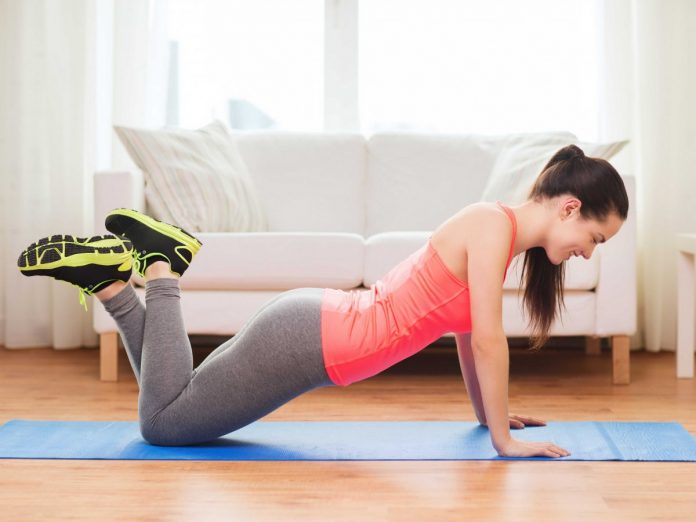
Advertisements
Before you begin the program, get ready. If you are doing your workout at home to a DVD, create an environment that is conducive to working out, one that gets you mentally in the frame of mind to exercise. That means you put on the answering machine — or at least don’t answer the phone during your workout. It also means you dress to work out. Wear clothes that are comfortable, loose fitting, and that allow your body to breathe, and don’t forgo the sneakers just because you are inside.
You also may want to set up a workout schedule that works with your schedule and block off that time of day for your exercise. If you don’t have a set time, you may find that you keep postponing getting to the gym or popping in the exercise DVD, and end up spending more time on the couch.
Working out with a friend is another great way to begin (and stick to) a program only if you are strong enough to work out on your own if your friend doesn’t show up, skips workouts, or simply quits on you. When you know that someone else is relying on you for workouts, your sense of responsibility goes way up and you are more apt to show up
for a workout. You don’t want to let a friend down right?
9Choose Workout Time

Its best to work out when you feel you will have the most energy (either morning, afternoon, or evening). Pick a time when you know you have the time.
It’s more important that you are consistent and you select times that work for your schedule. Your cardio workouts can be done any day before or after your workout, depending on your preference.
8Equipment or Free Weights?

While some of the exercises in the gym are done on weight-training machines, the majority are performed with free weights. There are a few reasons for this. First, you are able to do your workouts at home, and not everyone has a fully equipped home gym! For this workout, all you need to do is to purchase a few pairs of dumbbells at varying weights and you are basically set. For those exercises that do call for machines, if you don’t have access to a machine just substitute a free-weight exercise that works the same muscles.
Second, free weights are the best way to work your muscles and get the definition you want. With free weights more of your muscles are working than with machines. Because machines often offer support, they do not work your stabilizing muscles the way weights do.
Finally, you can move more quickly from exercise to excise if it is mostly free-weight based (not wasting a lot of time going from machine to machine, or having to wait for a machine if you are working out at a gym and someone is on the machine you need.) In short, it makes your workout more efficient.
In addition to weights, you may want to purchase an exercise mat for the yoga and Pilates portion of your workout.
7Reps and Sets
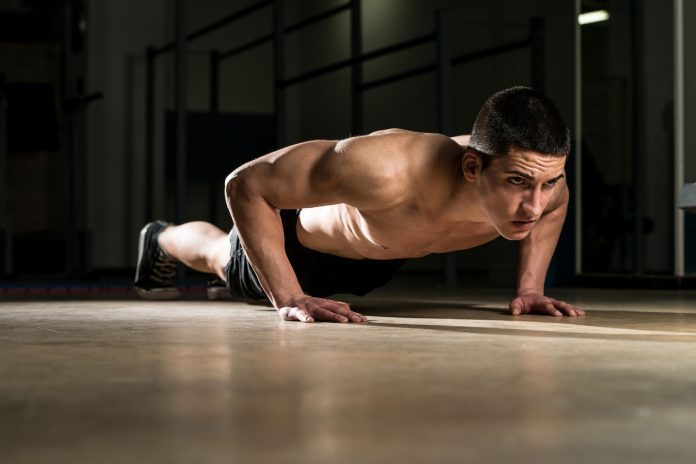
These are two words you hear a lot in weight training. But if you are new, you may not know what they mean 一 and unfortunately, too many people in the industry promote doing too many reps.
A rep is doing a specific exercise for a particular muscle once (for example, performing one bicep curl). A set is doing a specified number of repetitions one after the other before you come to a rest.
The most effective number of reps is eight to twelve for each set. That is the range that research has shown provides the most muscle definition. Usually you will do from one to three sets for a given muscle group.
6Selecting the Weight
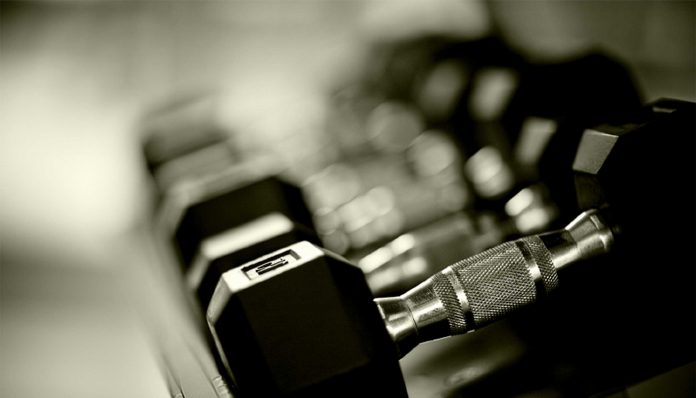
Doing forty reps of, say, bicep curls with light weights — and you have seen that at the gym or on TV with some of these gurus who insist on telling you that you’ve got to do a ton of repetitions with ounces of weight — is getting you nowhere.
Advertisements
As a matter of fact, you have to stress the muscle in order to gain definition — you have to get out of the comfort zone, just like in your aerobic workouts.
So how do you know how many reps to do and how much weight to use? It’s really pretty basic. Research has consistently shown that you need to perform from eight to twelve reps (equivalent to about twenty to thirty seconds per set) in each set of an exercise in order to increase muscle strength and definition. That is the range where your body uses the most muscle fibers that are associated with strength and definition gains. Any more than that is pretty much a waste of time.
The key is that you need to pick a weight that is heavy enough so that by the time you get to that eighth or twelfth repetition you are feeling really uncomfortable, like you can’t do another one in good form. Now this means that you REALLY can’t do another repetition, not that you just feel a little tired. You’ve got to be honest with yourself. For your muscles to get defined, they need to be stressed (just like your cardiovascular system had to be stressed in the cardio workout). In other words, if you can do twenty reps with your three pound weight, it’s time to increase the weight. Remember, don’t be scared of the weights.
5Start with Large Muscle Groups
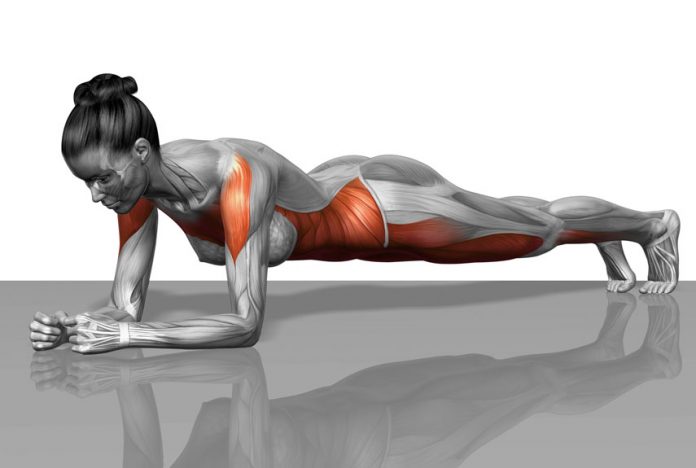
When beginning a weight-lifting program, start with the large muscle groups first and train your smaller muscle groups last.
The reason for this is that when you train the large muscle groups, like your chest and thighs, there are smaller muscles, like the triceps and hamstrings, that act as helpers. If you have already worked out these helper muscles first, then they will be fatigued when it comes time to do your large muscle workout, and you probably won’t be able to work out those muscles as effectively.
4Rest Muscle

You want to work out with weights two or three times every week for about twenty to thirty minutes. When doing a two-days-per-week weight workout, the first workout should be light to moderate and the second will be your heavier/stress workout — where you use greater weight. You also have to allow enough recovery time in between workouts for each muscle group.
Always remember to rest the muscle group you worked for at least forty-eight hours in between each weight-lifting workout. This allows your muscles to repair and heal; and it is during this healing time period that your muscles actually grow, becoming defined and strong.
3Proper Lifting
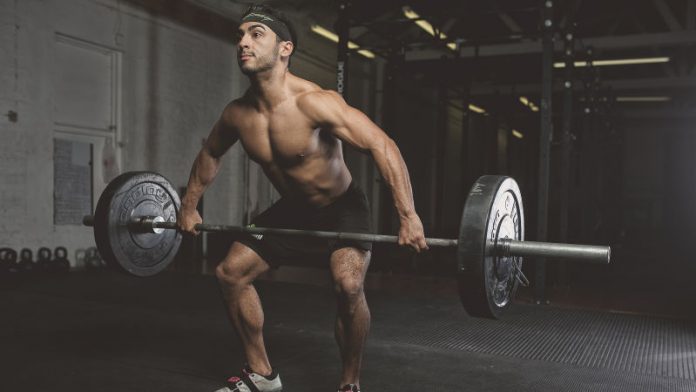
Proper form is essential. When you lift a weight you want to lift it against gravity and maintain a range of motion in which you feel tension in the muscle you are working throughout the entire exercise. When you are doing a set of eight reps, move from one rep to the next without stopping — rest time is at the end of a set, okay? Keep it moving, gang.
Another important piece of advice about form is that you make sure you focus, focus, focus on contracting your muscles — really think about what you are doing when you are doing it. This will help to make sure that you are using your muscles and not momentum to perform an exercise.
Here are some signs that you are using momentum:
- Doing a rep too fast (you should take about four seconds to perform each repetition — two seconds up and two seconds down). Don t rush.
- Swaying back or leaning forward in order to perform an exercise (this probably means that you are compensating for using weight that may be too heavy for you).
2Breathing

Do it! Never hold your breath while you do an exercise. Your muscles need oxygen, and so do you! When you perform a strength-training exercise, exhale when you are exerting — during what we call the concentric or shortening phase of a lift — and inhale when you are lengthening — the eccentric phase.
What does this all mean? To keep it basic and simple, let’s use the example of a bicep curl, which works the muscles in the front of your arms. When you lift the weight up to your shoulder, the muscle is contracting or shortening 一 this is when you exhale. When you lower the weight, you are lengthening the muscle and this is when you inhale.
One important note: do not rush the lengthening phase because it is during this part of an exercise that your muscles actually gain the most strength.
1Finding a Trainer
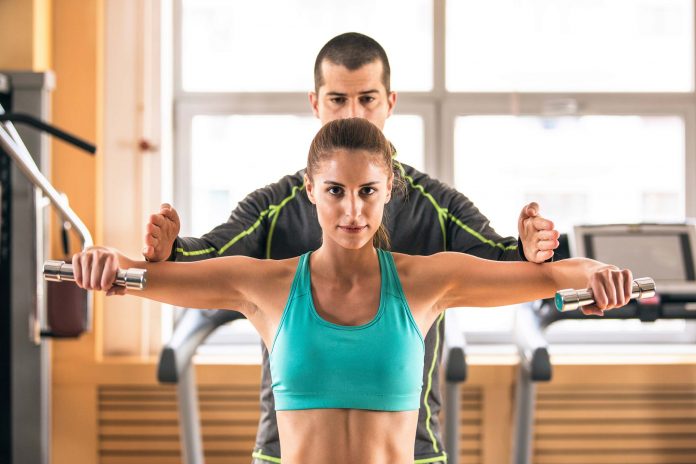
Advertisements
Considering hiring a personal trainer to help you meet your fitness goals? Here’s what
you should look for:
- A trainer who is certified by a recognized fitness organization, or holds degrees in health or fitness.
- Someone whose schedule works with yours.
- Someone you ‘click’ with 一 personal training is a personal business, and you need to feel comfortable with your trainer. (Since the trainer will also have to touch you, you will want to consider whether you are more comfortable with a male or female.)
- A trainer with expertise in any special areas that may be of concern to you, e.g., post-rehab, bodybuilding, or older adult fitness.
- Get references from clients.
- Most important, look at your potential trainer: does he or she practice what he or she are preaching to you?

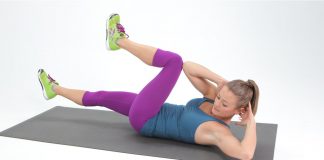



Comments